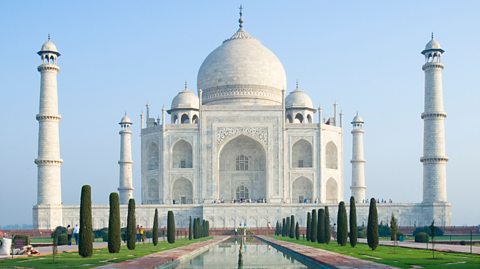Hidden just beneath the surface of the water, there are lost towns and cities right across the world.
Forget about the mythical Atlantis – these are places that were once bustling with people, but have been buried by natural disasters, rising sea levels or deliberate flooding.
Dive below the waters with ґуПуґ«ГЅ Bitesize and explore the intricate mosaics, amazing hieroglyphics and towering statues, which were once overground.
Baiae, Italy
Once a party town for the ancient Romans, Baiae was famous for its soothing hot springs, pleasant weather and extravagant buildings. Julius Caesar and Nero both had luxury holiday villas here, and the emperor Hadrian actually died in the city in AD138.
Unfortunately, it was the same volcanic activity which created the famous thermal springs that led to Baiae’s downfall. The city was built atop the Campi Flegrei (Phelgraean Fields), a supervolcano close to Naples. Over time, a process known as bradyseism has occurred, in which the ground level has slowly sunk between four and six metres, bringing much of the city underwater.
Since 2002, the underwater areas of Baiae have been designated a Marine Protected Area by the local authorities, meaning that only licensed scuba divers can explore the ruins, with a local guide.
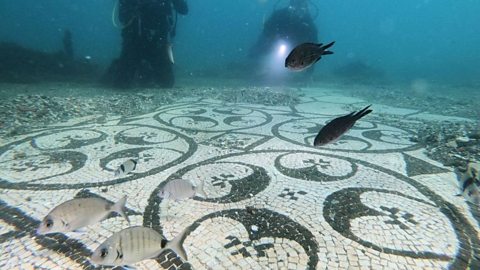 Image source, ANDREAS SOLARO
Image source, ANDREAS SOLAROThonis-Heracleion, Egypt
Frequently mentioned in ancient legends, Thonis-Heracleion was supposedly the place where the Greek hero Heracles (Hercules) first set foot in Egypt, and somewhere the lovers Paris and Helen visited before the Trojan War. Thonis is the original Egyptian name for the city, whilst Heracleion is the Greek name, in honour of Heracles.
Located at the western mouth of the River Nile, this was a prosperous port. Goods from across the Mediterranean passed through its complex canal network, evidenced by the discovery of 60 shipwrecks and over 700 anchors.
One of the most impressive artefacts recovered from the underwater city is the Decree of SaГЇs. This two-metre-high black stone slab, known as a stela, is engraved with early 4th Century BC hieroglyphics, which reveal crucial details of the Egyptian taxation system of the time, as well as confirming that Thonis-Heracleion is a single city.
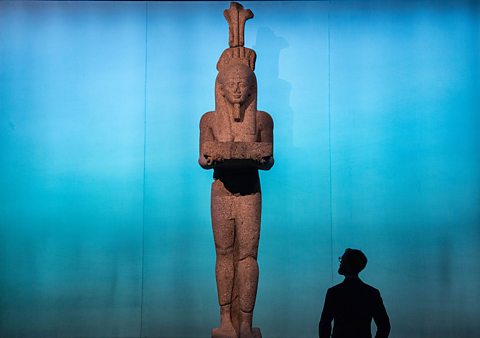 Image source, Chris J Ratcliffe
Image source, Chris J RatcliffeLooking for quizzes, amazing stories and fun facts?
Bitesize Topical has it all!

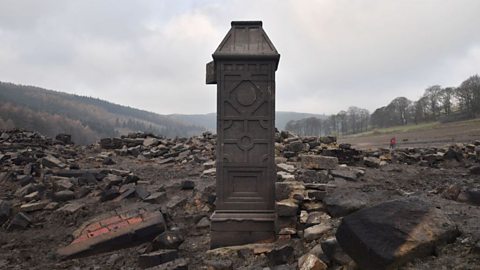 Image source, Anthony Devlin
Image source, Anthony DevlinDerwent, England
The village of Derwent, in Derbyshire, was deliberately submerged in order to create the Ladybower Reservoir. As cities such as Derby, Leicester, Nottingham and Sheffield continued to expand in the mid-20th Century, their growing populations required a greater supply of water. To do this, a dam and reservoir needed to be built.
Originally, the plan had been to build two reservoirs, Howden and Derwent, further up the valley, thus sparing the village. However, it quickly became apparent that these would not be sufficient, and so a third reservoir was required. Work began in 1935 and by 1945 the village of Derwent was completely underwater.
During particularly hot summers, the water levels of the Ladybower Reservoir can fall far enough that the remains of Derwent become visible once again and visitors can wander among the rubble.
 Image source, Anthony Devlin
Image source, Anthony DevlinVilla EpecuГ©n, Argentina
For nearly 25 years, the lakeside resort of Villa EpecuГ©n was hidden beneath the waves, before reemerging in 2009. Founded in 1920 along the shores of a salt lake, Lake EpecuГ©n, the resort drew in tourists who wished to bathe in its waters, which were said to have healing properties.
The lake would naturally flood and dry out, but from 1980 there was unusually high rainfall for several years and the water level began to rise. An arched wall was built to offer additional protection.
However, a storm in November 1985 caused the lake to overflow, break through the wall and bury the town under 10m of corrosive saltwater. Water levels have been receding since 2009, revealing Villa EpecuГ©n once again.
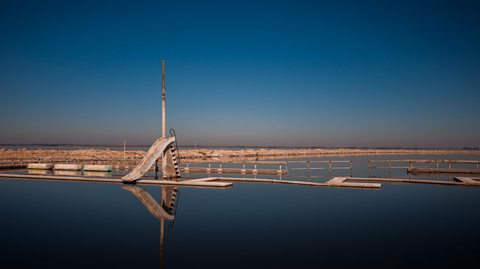 Image source, Ivan Castro
Image source, Ivan CastroPort Royal, Jamaica
These days, Port Royal is a sleepy fishing village but, at its height in the 17th Century, it was known as “the wickedest city on Earth”, thanks to its pirate population.
An important trading centre in the New World (including during the slave trade), Port Royal expanded rapidly. In 1662, there were 740 recorded inhabitants but by 1692, the number is estimated to have been between 6500 and 10,000. They lived in brick or timber houses, often up to four storeys high.
At 20 minutes to midday on 7 June 1692, Port Royal was struck by a powerful earthquake, quickly followed by a tsunami. Approximately two-thirds of the town was plunged below water, starting with the warehouses by the shoreline and then moving inland. It is thought that 2,000 people died that day, with many more injured.
It is possible to scuba dive the preserved ruins and hundreds of sunken ships, but permission must be sought from the local authorities.
This article was published in December 2021.
Five natural geological wonders from across the world
The foundation of the Earth has created some beautiful landscapes - here are some of them.
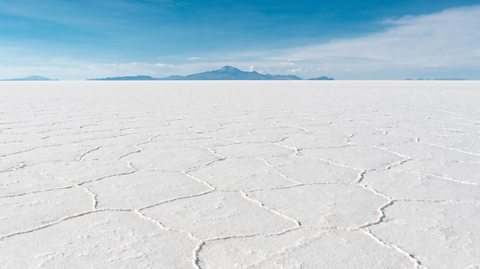
Six of the world’s most amazing railway journeys
From the highest railway to one of the longest, these aren't any ordinary train journeys.

The Seven Wonders of the World quiz
From the ancient to the modern, how much do you know about these famous landmarks?
